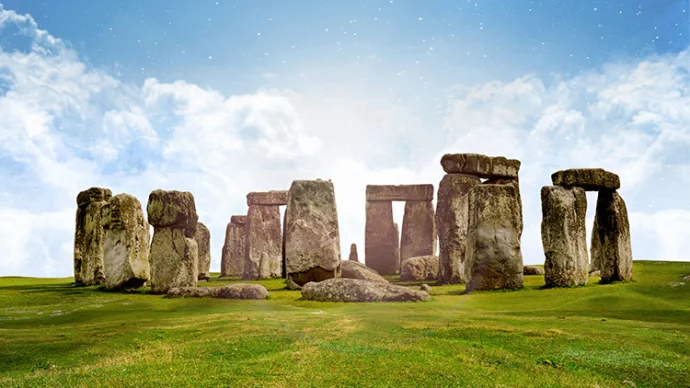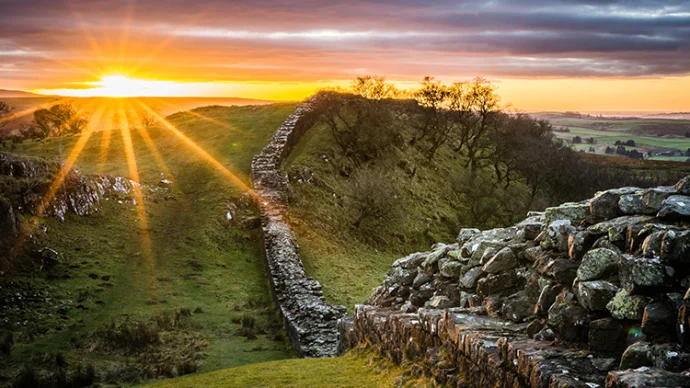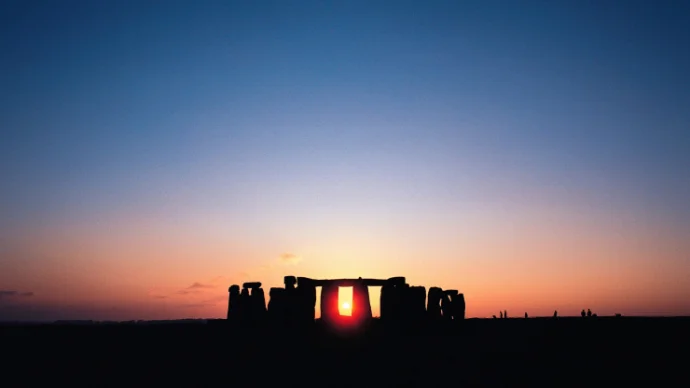
About Stonehenge
Stonehenge in Wiltshire is a world renowned, magnificent UNESCO World Heritage site consisting of standing (and lying) stones, some transported from South Wales.
History of Stonehenge
The construction of Stonehenge took place between 3000 BC and 1600 BC and is considered to be one of the most impressive structures of its time, especially considering each stone weighs around four tonnes and that its founders had little by way of technological advances to assist them in moving the stones over the hundreds of miles that they travelled.
The purpose of Stonehenge has remained a mystery, despite extensive archaeological investigation.
The circle is made up of large sarsens and smaller bluestones – they arranged in careful patterns of horseshoes, arcs and circles. The central bluestones were added several hundred years later. The site is lined up to coincide with solstices and equinoxes, which has led to historians and archaeologists theorizing that Stonehenge was a religious setting.
The surrounding landscape has one of the biggest concentrations of round barrows (graves) in Britain, suggesting the site was viewed as very important in Bronze Age society.
Stonehenge was given to the nation in 1918, following years of private ownership, on the condition that local people would still be able to visit free of charge. The National Trust bought much of the landscape surrounding Stonehenge during the 20th century.
In 2010, archaeologists discovered a second henge next to Stonehenge. Hailed as the most exciting find in half a century, this second henge was made up of a circle of pits – thought to have once contained timber posts – surrounded by a larger circular ditch.
Stonehenge today
The site is managed by English Heritage, who opened a new visitor centre in 2012, which dramatically improved the visitor experience. There’s plenty of information inside the state of the art museum and it’s worth spending some time in there before visiting the stones themselves to understand the context and why Stonehenge is viewed as both so impressive and so important. The visitor centre is a short walk away from the main site itself, but free shuttles are available should you not want to walk.
Visitors are not permitted to touch, climb on or walk around the stones – there is a set path around the circle, and extremely useful audio guides are provided free of charge. Winter and summer solstices remain the only time there is free access to the stones.
Getting to Stonehenge
Stonehenge is really only accessible by car, although walking from the nearby towns of Amesbury or Larkhill is possible. Parking is next to the visitors centre, and the monument itself lies just off the busy A303 – you’ll almost certainly hear plenty of road noise on your visit.
Featured In

UK UNESCO Sites
The UK is home to 33 UNESCO World Heritage sites. From Neolithic settlements in the Scottish wilderness to ruined abbeys and vast palaces, we're spoiled for choice. How many have you visited?

Stone Age Sites
Discover the Stone Age at these prehistoric sites across Britain, from Stonehenge to Castlerigg Stone Circle.

Historic Sites in Assassin's Creed Valhalla
Discover the best English historical sites featured in the best-selling video game Assassin’s Creed Valhalla.

Historic Attractions in England
Discover the best historic sites in England, from Hadrian's Wall to Bletchley Park and more.

10 Historical Days Out for Families
Explore English history with the kids this summer

Wiltshire Historic Sites
Discover 10 of the best historic sites in Wiltshire with our expert guide. Located in the heart of Wessex, Wiltshire's history spans several millennia and caters to every taste: from ancient stone circles to modern day military history.




















